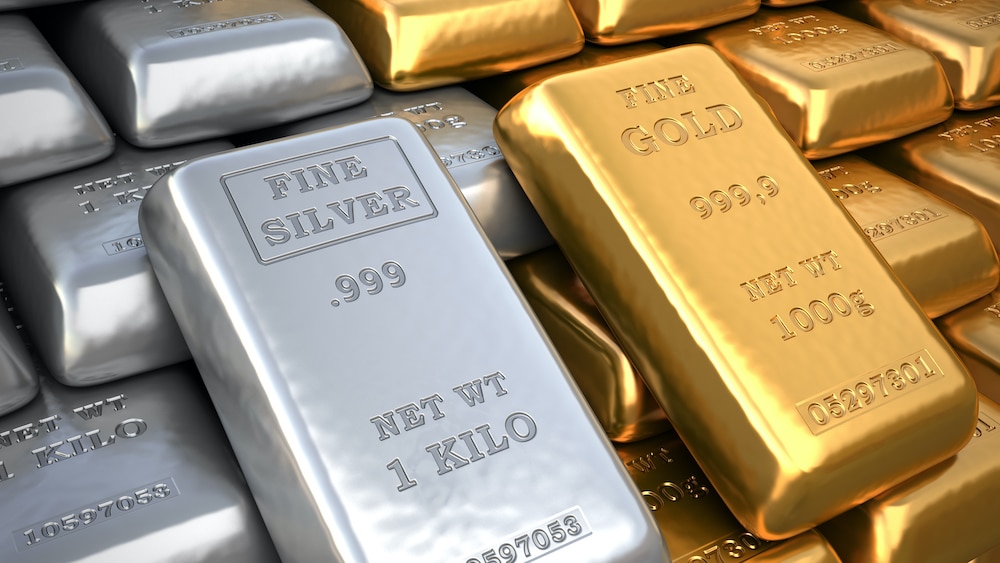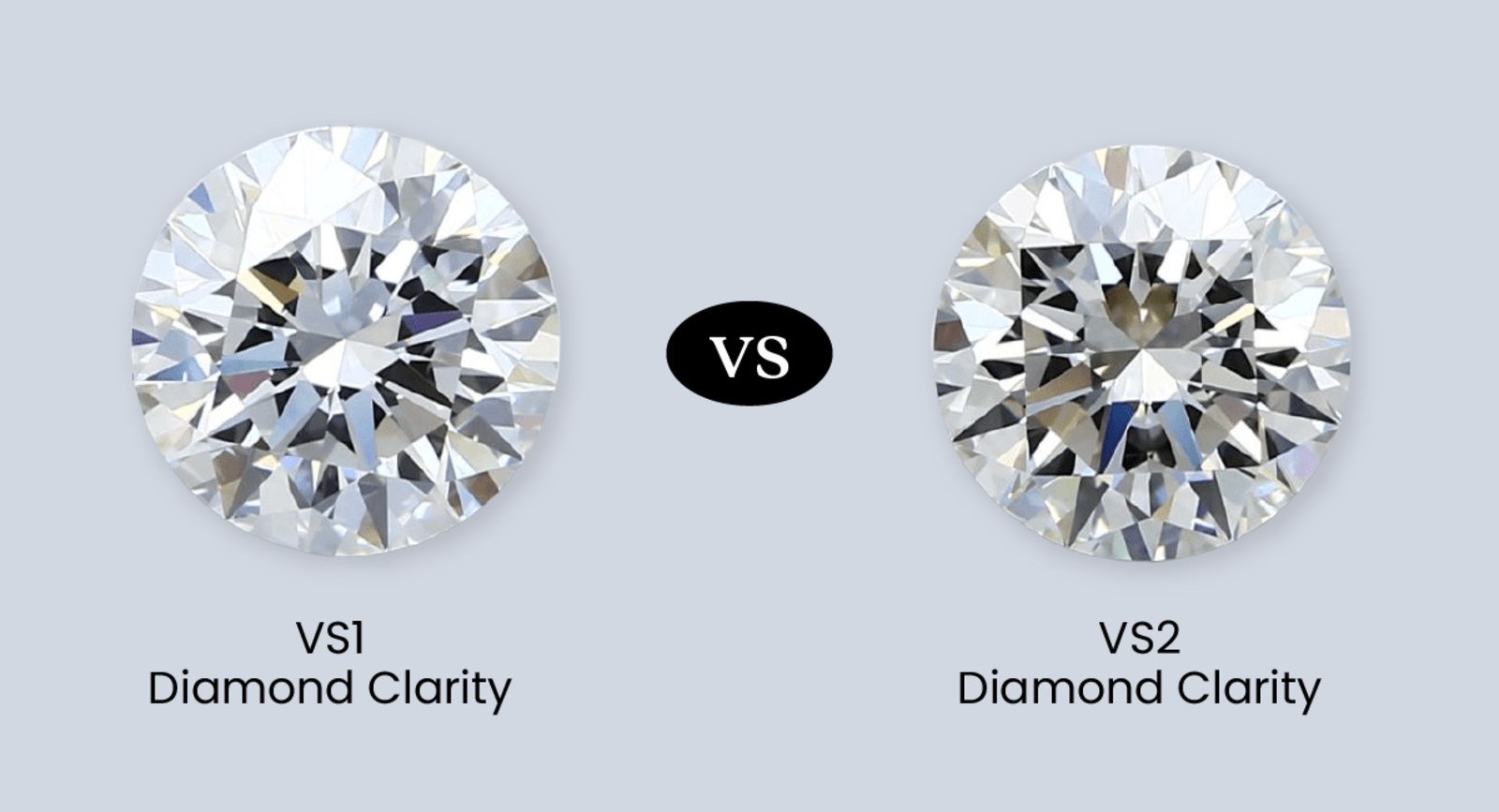Gold and silver have long been considered safe-haven assets, especially during times of economic uncertainty. For Australians looking to diversify their investment portfolio or hedge against inflation, investing in these precious metals can be a smart move. This guide provides an in-depth look at how to invest in gold and silver in Australia, covering the different investment methods, key considerations, and tips for maximizing your returns.
Why Invest in Gold and Silver?
A Safe-Haven Asset
Gold and silver are often viewed as safe-haven assets, meaning they tend to retain or even increase in value during periods of economic instability, inflation, or market volatility. Historically, these metals have been a store of value and a reliable way to preserve wealth.
Hedge Against Inflation
Precious metals are also a hedge against inflation. As the purchasing power of fiat currencies decreases over time due to inflation, the value of gold and silver tends to rise, making them an attractive option for investors looking to protect their wealth.
Portfolio Diversification
Investing in gold and silver offers diversification benefits. These assets often move independently of traditional financial markets, meaning they can help balance a portfolio made up of stocks, bonds, and other assets. A diversified portfolio reduces risk and helps you weather market fluctuations.
Different Ways to Invest in Gold and Silver in Australia
1. Buying Physical Gold and Silver
Gold Coins and Bars
One of the most direct ways to invest in gold and silver is by purchasing physical coins and bars. Australian investors can choose from a wide range of options, including government-issued bullion coins like the Australian Kangaroo gold coin and the Australian Kookaburra silver coin.
Advantages:
- Tangible asset
- No counterparty risk
- Ability to store in a secure location (e.g., home safe or vault)
Disadvantages:
- Requires storage and insurance
- Potential for higher premiums above the spot price
- Less liquid compared to other investment vehicles
Where to Buy Physical Precious Metals
You can purchase gold and silver coins and bars from:
- Reputable dealers (both online and physical)
- Bullion banks
- Mints (e.g., Perth Mint)
- Jewellery stores
Make sure to buy from established dealers to ensure you receive genuine products with proper certification.
2. Gold and Silver Exchange-Traded Funds (ETFs)
What Are ETFs?
Exchange-traded funds (ETFs) are financial products that track the price of gold or silver. When you invest in a gold or silver ETF, gold buyers Melbourne, you’re buying a share of a fund that holds physical precious metals or futures contracts.
Popular gold and silver ETFs in Australia include:
- SPDR Gold Shares (ASX: GOLD)
- ETFS Physical Silver (ASX: ETPMAG)
Advantages:
- Easy to trade on the ASX (Australian Stock Exchange)
- No need for storage or insurance
- Diversified exposure to gold or silver
Disadvantages:
- Management fees
- Indirect exposure to the physical metal
- Risk of fund mismanagement or tracking error
3. Gold and Silver Mining Stocks
What Are Mining Stocks?
Instead of investing directly in physical gold or silver, some investors prefer to invest in the companies that mine these metals. By purchasing shares of mining companies, you can gain exposure to gold and silver prices through their stock performance.
Advantages:
- Potential for high returns if the company performs well
- Exposure to growth and exploration in the mining sector
- Dividends from profitable mining companies
Disadvantages:
- Stocks can be volatile and affected by factors other than metal prices (e.g., management, labor disputes, regulatory changes)
- Mining companies face operational risks and may not always reflect the metal’s true value
4. Gold and Silver Futures and Options
What Are Futures and Options?
Futures and options contracts allow investors to speculate on the future price movements of gold and silver. Futures involve an agreement to buy or sell a specified amount of gold or silver at a future date for a predetermined price. Options give you the right, but not the obligation, to buy or sell gold or silver at a specific price.
Advantages:
- Leverage can lead to significant returns
- Flexibility in strategy (long and short positions)
- No need to physically store the metals
Disadvantages:
- High risk due to leverage
- Complex for beginners
- Requires a good understanding of market dynamics
5. Gold and Silver Certificates
What Are Gold and Silver Certificates?
Gold and silver certificates are documents that prove ownership of a certain amount of the precious metal held in reserve by a bank or financial institution. These certificates allow investors to own gold or silver without physically possessing it.
Advantages:
- No storage or insurance costs
- Easy to trade
- Less costly than purchasing physical bullion
Disadvantages:
- Counterparty risk (depends on the trustworthiness of the institution)
- Not as liquid as physical gold or silver
- Risk of fraud if the institution is not reputable
How to Buy Gold and Silver in Australia: Step-by-Step Guide
- Research and Choose Your Investment Type Determine which method of investing in gold and silver suits your investment goals, risk tolerance, and time horizon. Each investment type has its advantages and drawbacks, so it’s essential to do your research.
- Find a Reputable Dealer or Platform Whether you’re buying physical precious metals, ETFs, or mining stocks, make sure to choose a trusted dealer or online platform. Look for accredited sellers with good reviews and a transparent pricing structure.
- Understand Fees and Costs Be aware of any associated fees, such as premiums on physical gold and silver, management fees for ETFs, and brokerage fees for mining stocks or futures contracts. These costs can eat into your returns if you’re not careful.
- Secure Your Investment If you’re purchasing physical gold or silver, make sure to arrange for safe storage. Consider using a secure vault, especially if you’re investing significant sums. If you’re buying ETFs or mining stocks, ensure your investments are held with a reputable broker or platform.
- Monitor the Market Stay updated on gold and silver prices, market trends, and global economic factors that could impact the precious metals market. Regularly monitor your investments to make informed decisions.
Things to Consider Before Investing in Gold and Silver
1. Risk and Volatility
While gold and silver are often considered safe investments, they can still be volatile, especially over short timeframes. Be prepared for price fluctuations and have a long-term strategy.
2. Storage and Security
Physical gold and silver require secure storage. Factor in the cost of storage and insurance when considering an investment in these metals. Alternatively, ETFs and certificates offer easier storage solutions.
3. Liquidity
Some methods of investing in gold and silver, like physical bullion, may be less liquid than others, such as ETFs or mining stocks. Consider how quickly you may need to convert your investment back into cash.
4. Diversification
While gold and silver are excellent for diversifying your portfolio, don’t rely solely on precious metals for your investments. A balanced portfolio that includes a mix of asset classes is essential for managing risk effectively.
Conclusion: Is Investing in Gold and Silver Right for You?
Investing in gold and silver in Australia offers a variety of benefits, including diversification, inflation protection, and a hedge against market volatility. Whether you choose to buy physical bullion, invest in ETFs, or purchase mining stocks, understanding the different investment methods and their associated risks is key to making informed decisions.
By carefully considering your financial goals, risk tolerance, and investment strategy, you can successfully add gold and silver to your portfolio and potentially enjoy the benefits of these precious metals for years to come.





